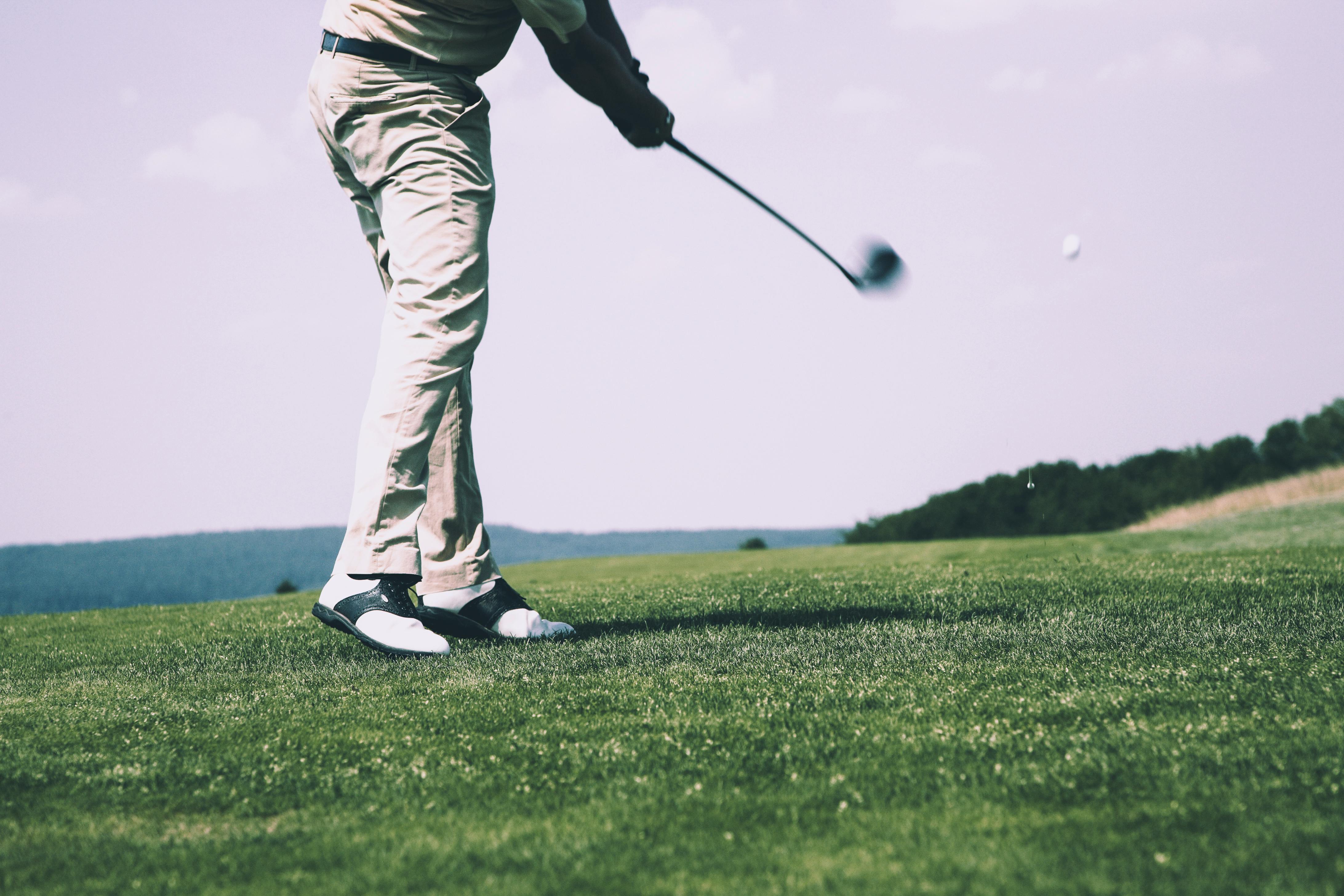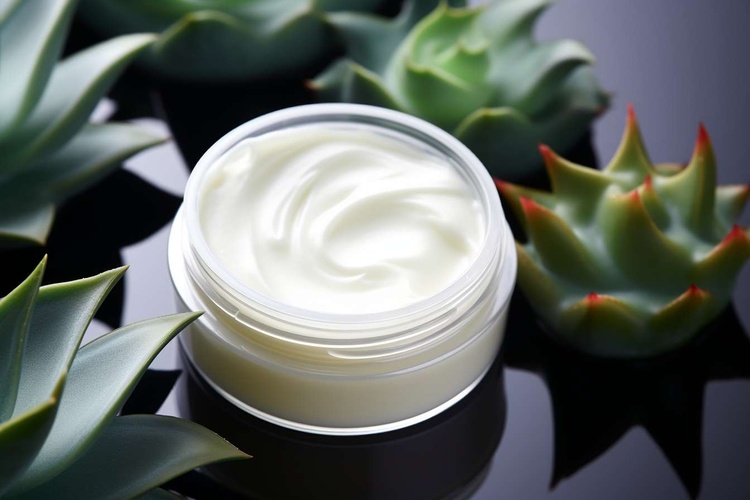Breaking Down the Biomechanics of the Perfect Golf Swing
Golf, a sport steeped in tradition and precision, has captivated the hearts of many. The allure of the game lies not only in its competitive nature but also in the intricate science behind it. One of the most fascinating aspects of golf is the biomechanics of the perfect swing—a complex sequence of movements that can make or break a player's game. This article delves into the biomechanics of the perfect golf swing, exploring its historical context, current trends, benefits, challenges, and real-world applications.

The Historical Context of the Golf Swing
The golf swing has evolved significantly over the centuries. In the early days of golf, players used a simple, straightforward swing, focusing more on accuracy than power. However, as the sport evolved and equipment improved, players began to experiment with different swing techniques to maximize distance and precision. The modern golf swing, characterized by a complex sequence of coordinated movements, is a product of years of scientific research and technological advancements.
Current Trends in Golf Swing Analysis
Today, the analysis of the golf swing has become a sophisticated science. With the help of advanced technology, experts can now dissect every aspect of the swing, from the initial backswing to the final follow-through. Current trends in golf swing analysis include the use of 3D motion capture systems, force plates, and biomechanical modeling. These technologies allow for a detailed examination of the swing, providing valuable insights into how to optimize performance.
The Benefits and Challenges of Perfecting the Golf Swing
Perfecting the golf swing offers numerous benefits. A well-executed swing can result in increased distance, improved accuracy, and a lower risk of injury. However, mastering the golf swing is no easy feat. It requires a deep understanding of biomechanics, a high level of physical fitness, and countless hours of practice. Moreover, each player’s swing is unique, adding another layer of complexity to the process.
The Biomechanics of the Golf Swing: Real-World Applications
The knowledge of golf swing biomechanics has practical applications in various areas, from coaching and player development to injury prevention and rehabilitation. Coaches can use biomechanical analysis to identify weaknesses in a player’s swing and develop targeted training programs. Meanwhile, physical therapists can use this information to design rehabilitation programs for golfers recovering from injuries.
The Future of Golf Swing Biomechanics
The field of golf swing biomechanics is continually evolving, driven by advancements in technology and a growing understanding of the human body. As we look to the future, we can expect to see even more sophisticated analysis techniques, personalized training programs, and innovative approaches to injury prevention. The quest for the perfect golf swing continues, fueling the passion of golfers around the world and pushing the boundaries of sports science.
In conclusion, the biomechanics of the perfect golf swing is a fascinating topic that combines the worlds of sports and science. As we continue to explore this complex subject, we not only enhance our understanding of the game but also contribute to its evolution, ensuring that golf remains a dynamic and exciting sport for generations to come.





